Why’s And Why Not’s
In this post, I’m going to talk about what neck turning is, what neck turning can and can’t accomplish, why you might choose to turn necks and why you might choose not to. In a future post I’ll go into the fine details of how to go about outside case neck turning.

What Is Outside Case Neck Turning?
So, just what is neck turning? Neck turning is cutting brass from the outside of a case neck to achieve perfectly uniform case neck thickness. You also control the final thickness of the case necks by outside neck turning – necessary for tight neck chambers.
Below is a representation of a case neck that is thicker on one side and thinner on the other. Notice on the centerline of the case is not concentric with the actual center.


And above, illustration of a case neck that is perfectly uniform and concentric with the centerline of the case.
Why Outside Neck Turn?
Why neck turn? There is only one reason that neck turning is ever really mandatory and that is for a custom barrel with a tight neck chamber. If the outside neck diameter of your loaded round is larger than your chamber neck, then turning is required and not optional.
Is It Worth Neck Turning For Factory Chambers?
There are several reasons you might want to outside neck turn though, even if you don’t have a tight neck chamber. Probably the best reason is that neck turning is the “easy button” to producing excellent concentricity.
Neck thickness variation will always introduce some eccentricity during the sizing operation. The magnitude of the eccentricity will depend on many variables we haven’t discussed. But if we create perfectly uniform neck thickness by neck turning, we have ELIMINATED THE SOURCE of this particular path to eccentricity.
When we run our case with uniform necks into our perfectly setup die, at the top of the stroke with the case fully raised into the die, our three rings consisting of die, outside of case neck and inside of case neck will all be centered within each other in perfect concentricity with the centerline of our case. This is the ideal sizing operation.

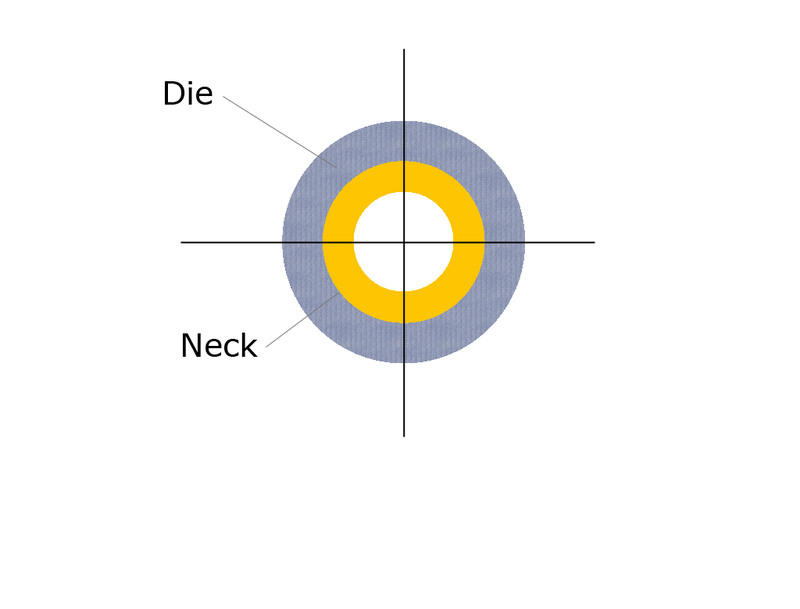
Expanders In Sizing Dies Suck
Now… What usually happens next, in the real world, is that the expander comes along half a second later and wrecks everything by introducing run out of it’s own. Unless it’s perfectly centered and other variables are all lined up perfectly, the expander can and frequently does actually pull the neck OUT of alignment. In the real world, this is what usually actually happens and is probably the most universal source of introducing run out while sizing.
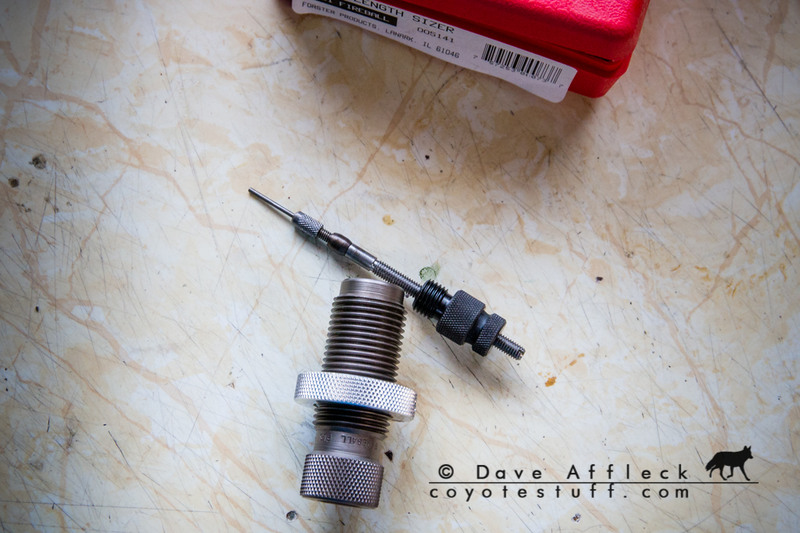
This is why most precision oriented hand loaders use bushing style dies WITHOUT expanders in them. Even so, it is still beneficial to neck turn. Run out introduced by the expander is independent from run out introduced by variations in neck thickness. Two distinctly separate sources of run out. All else being equal, the less run out you introduce at any given point in the operation, the less you’ll have at the end of the operation.
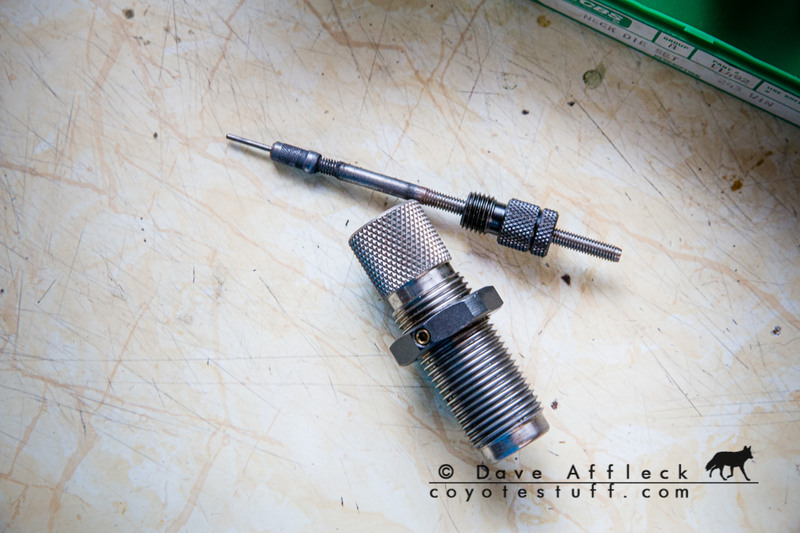
Bushing Dies Don’t Suck
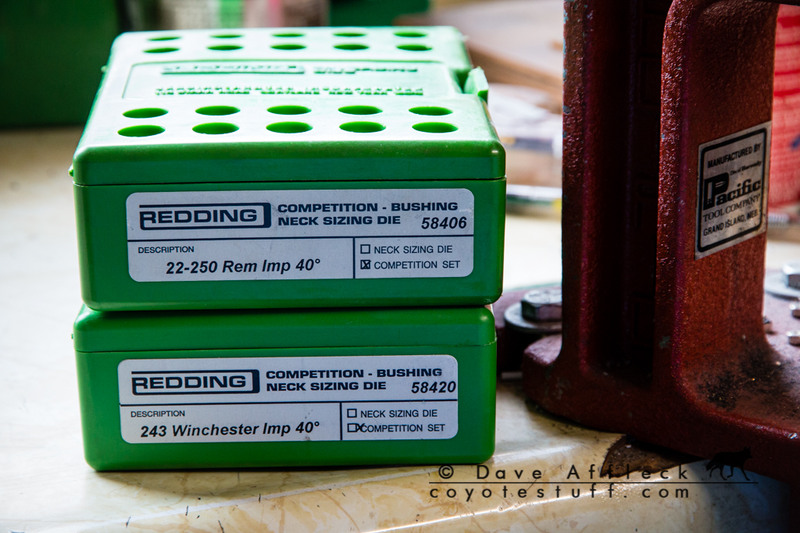
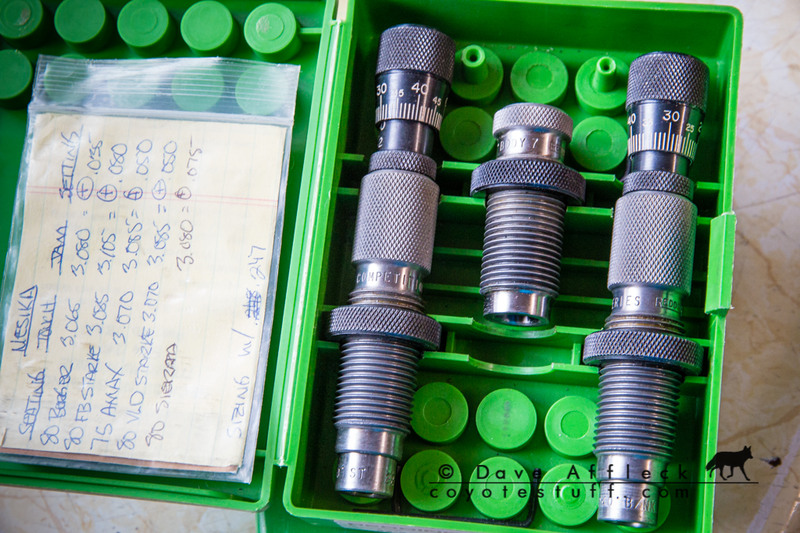
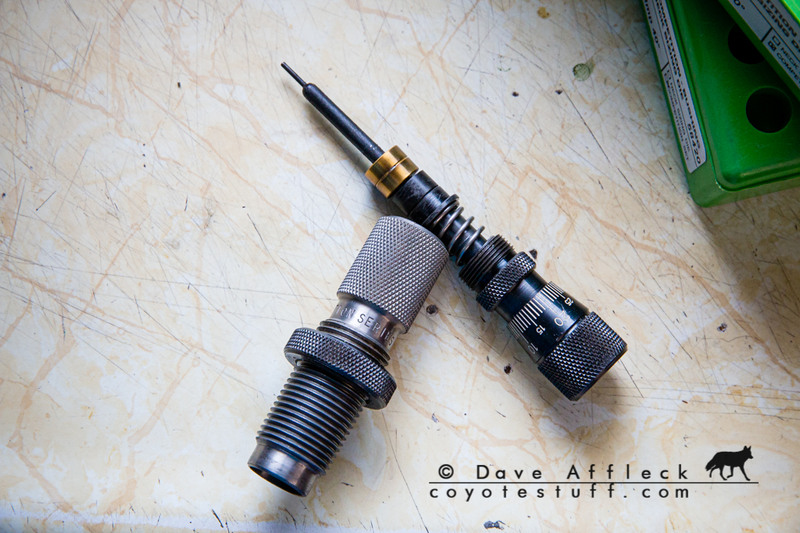
For a run down on how concentricity effects accuracy, check out my earlier post – How Concentricity Impacts Accuracy.
Besides easy concentricity, outside neck turning also provides the ultimate in consistent neck tension. And neck turning in conjunction with eliminating the expander from your sizing dies can make producing superbly accurate ammo easier for the life of the brass. Doing away with expanders in your sizing dies can also make each case last longer. Some of these advantages can be utilized even in a factory chamber.
Do It Once And Be Done
Neck turning is a one time operation. You should only need to do it one time for the life of the brass. To me, the amount of time invested up front in neck turning is trivial, for the advantages gained for the life of the brass. And indeed, I save far more time than it takes to neck turn, over the life of the brass. By using bushing style neck sizers without an expander, just not needing to lube cases saves me more time than it takes to neck turn them all initially.
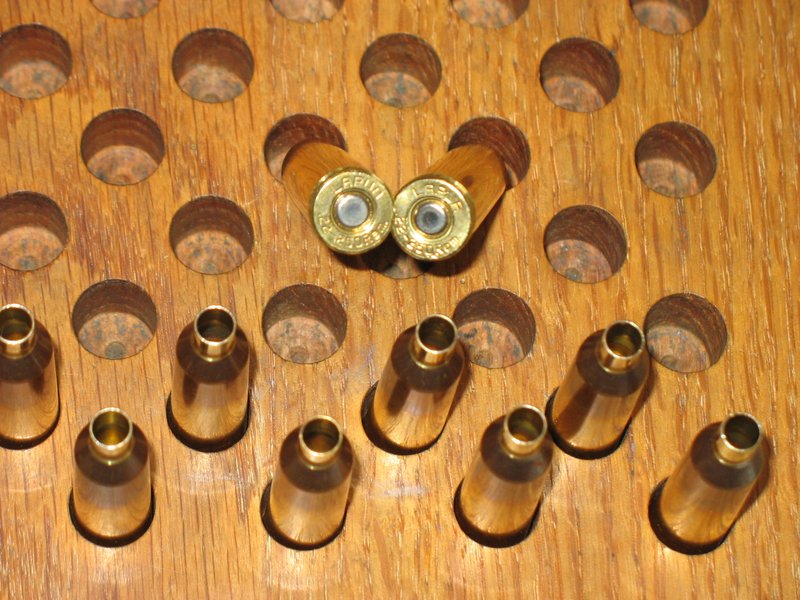
Sizing with a bushing only .0015 under loaded neck o.d. without an expander works the brass only a tiny bit each loading too. Resulting in much less frequent trimming (I never trim, actually) and much longer brass life. Split necks are non existent with this system. The only way cases ever really “wear out” with this system is the primer pockets eventually get loose and start to leak. Using this system I never have to scrap a working piece of brass for any other reason than worn out primer pockets.
So, it actually saves me a good bit of time over the long run. But your mileage may vary!
Just Neck Turning Isn’t Enough
Note though – neck turning doesn’t accomplish much all by itself. The advantages of neck turning don’t happen in isolation. Rather, neck turning can be part of an over all system of hand loading that yields these advantages.
The system I employ, makes use of bushing style neck sizers, without expanders, to get the most advantage from good brass in good chambers.
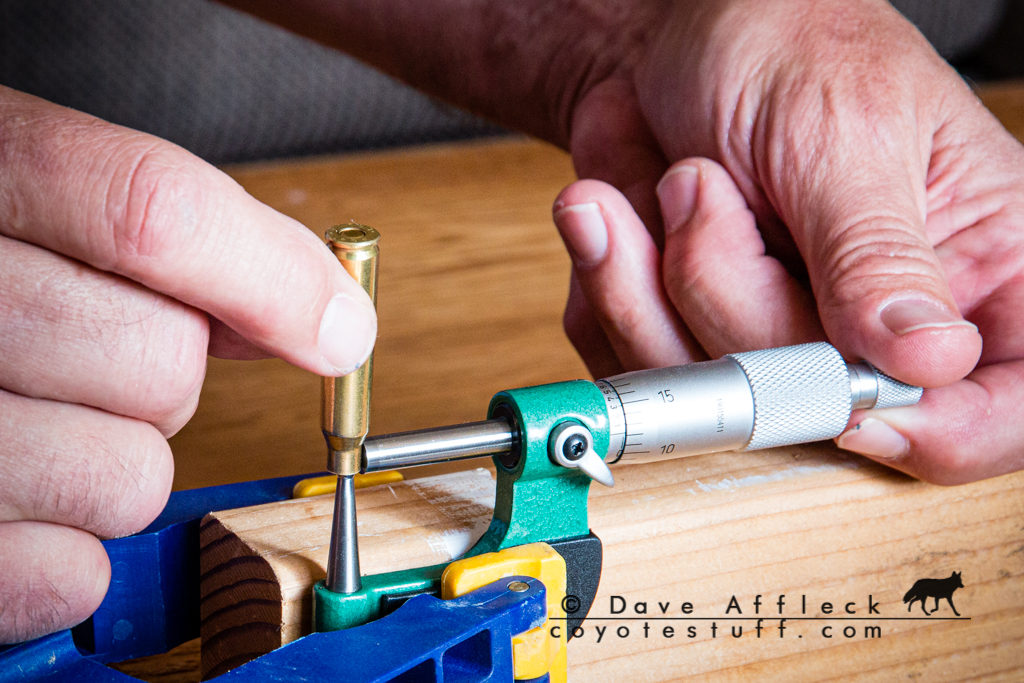
It’s important to note, as illustrated in the pictures above, that when using a bushing die without an expander, any neck thickness variation will be directly transferred to eccentricity. Therefore, you should always use brass with good neck thickness uniformity when sizing with a bushing and no expander. Neck turning assures consistent, uniform neck thickness and is the best way to get the most from bushing sizers without an expander.

Why Not To Turn Case Necks
I think the reasons why one might choose to neck turn are not always well understood. And for many rifles and their owners, the results might fall short of expectations.
Before you decide to start turning case necks, ask yourself exactly what you wish to accomplish by neck turning. And then think about whether your expectations will likely be met or not.
Keep in mind, you can certainly achieve excellent concentricity and long brass life without neck turning. Neck turning is an easier, more foolproof system, but excellent results can be had with or without neck turning.
Garbage In Garbage Out
As I’ve mentioned, for me, neck turning is just part of an overall approach to making truly excellent ammo. But neck turning by itself isn’t a miracle cure for anything.
You can’t make truly excellent ammo starting with crap for brass. Neck turning won’t turn crap brass into good brass.
Again, case neck turning is just part of a system, it won’t deliver results by itself. And if we are going to the trouble of turning necks, we’re after excellence. Crap brass has no place in excellence or in a system meant to achieve excellence.
So, if you’re hoping to turn crap brass into excellent brass by neck turning, you’ll probably be disappointed.
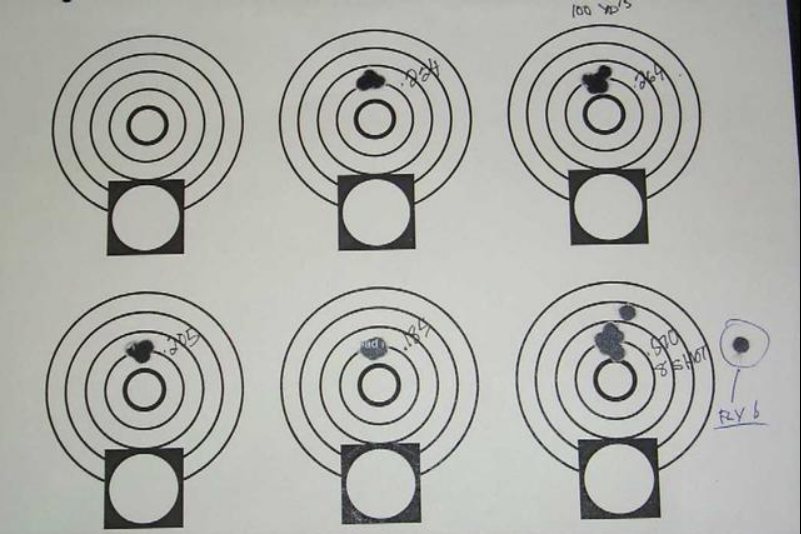
And excellent ammo won’t shoot to it’s potential out of a crap chamber or a crap barrel. All the precision hand loading techniques and perfect ammo concentricity in the world won’t turn a crappy chambering job or a crappy barrel into something special. Case neck turning for a rifle that isn’t capable of consistent, sub half MOA accuracy, may end in disappointment.
Next, How To Outside Case Neck Turn
That’s it for part one, the why’s and why not’s of case neck turning. In my next post, I’ll describe the how to’s of neck turning.
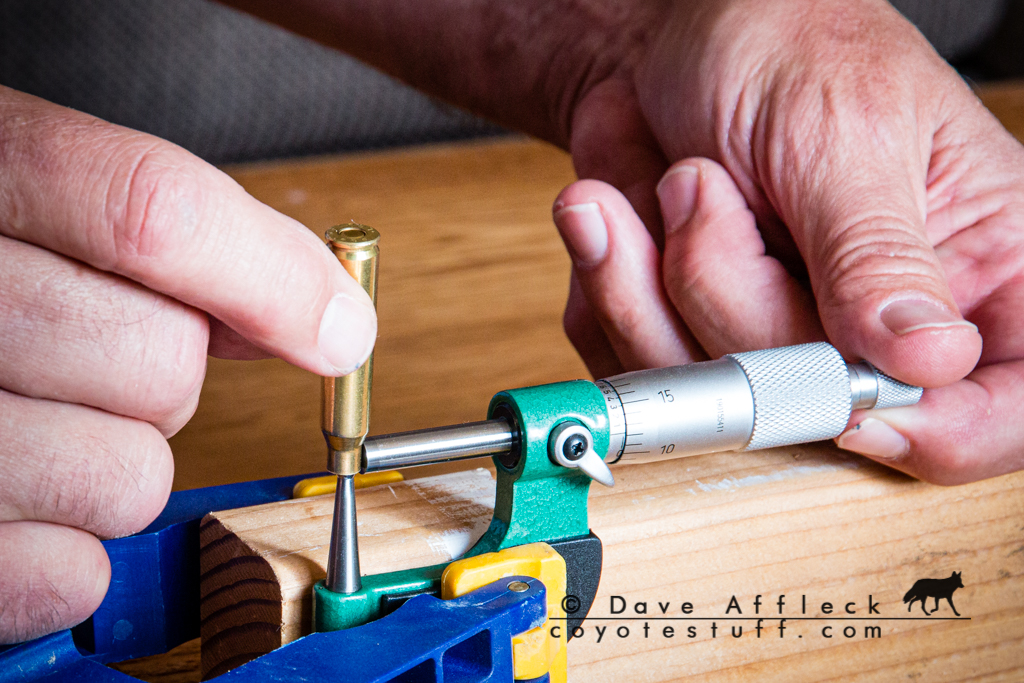



Another interesting and informative article. Thanks for taking the time to share your experience.
Thanks for taking the time to read and comment!